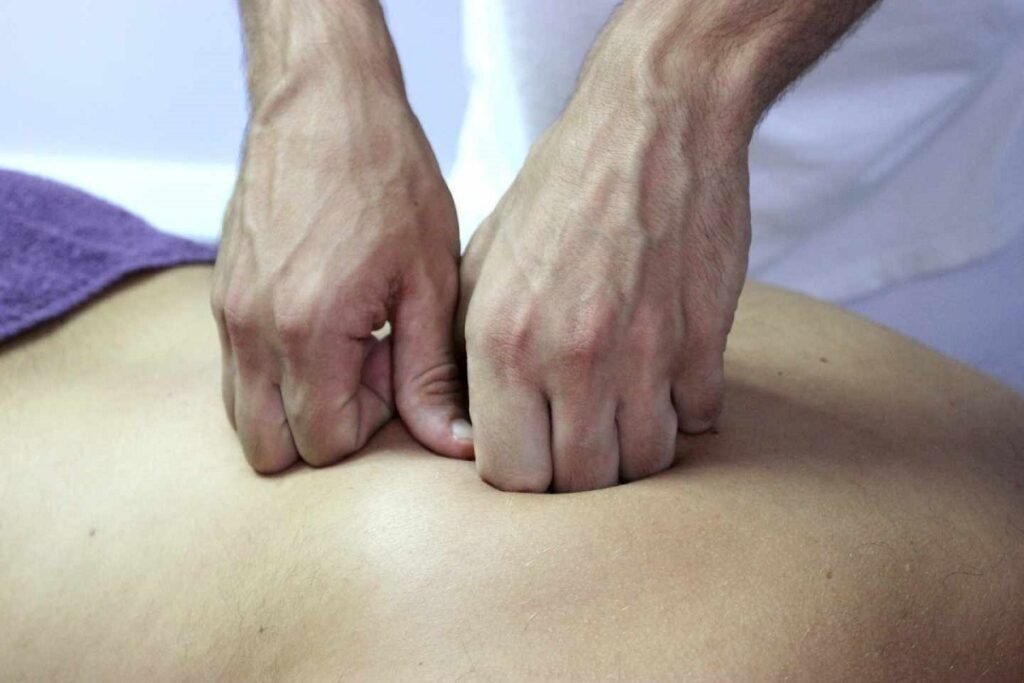
Although the term osteopathy sounds familiar to many, the truth is that not everyone knows what it is and what it is used for. Osteopathy is a natural type therapy that seeks to mitigate pain through the cause or reason that generates the pain. Osteopathy moves away from the traditional medicine methods of a lifetime, seeking that its results are to be much more satisfactory.
In the following article we are going to talk to you in a more extensive way about the field of osteopathy and of the purposes of this natural therapy.
What is osteopathy?
Osteopathy is an alternative therapy to life-long medicine that works on the theory that the entire bone structure is directly linked to the functions of the body. In this way the professional of osteopathy or osteopath uses their hands, to mitigate the pain that the patient may have and to achieve that the state of health of said person improves remarkably. Osteopaths work directly on the patient's bone structure, both in the structural system and in the internal organs themselves.
Benefits of osteopathy
Osteopathy is specifically indicated for the following disorders or conditions:
- Pains that affect the entire locomotor system as is the case with bones, tendons or joints.
- Conditions of the respiratory system like colds, flu or bronchitis.
- Digestive disorders as is the case with constipation, gas or heartburn.
- Mental health disorders such as stress, depression, or anxiety.
- Pediatric conditions such as sleep problems or hyperactivity.

What techniques does the osteopath use
Depending on the part of the body in which he is going to work, the osteopath will use various techniques:
- The structural technique is the one used when correcting various ailments that generally affect the locomotor system such as bones or muscles.
- Another technique used by the osteopath is visceral. Through it the professional in osteopathy seeks to achieve optimal mobility and functioning of the viscera of the body.
- The third technique used by the osteopath is the sacral-cranial. Thanks to it, optimal mobility of all the cerebrospinal fluid is achieved, solving problems such as headaches, dizziness or digestive disorders.
The job of the osteopath
Many people wonder how much time an osteopathic professional should spend to alleviate a certain ailment. Typically, an osteopath spends about 90 minutes or so with his patient, especially in the first session. The first thing that a good osteopathic professional must do is make the best possible diagnosis and from there, apply the technique that he or she deems appropriate. In the following consultations it is normal that the professional takes much less time to treat the patient, dedicating himself above all to the cause or reason for such a condition or disorder.

Difference between osteopathy and chiropractic
Many people often confuse osteopathy therapy with the practice of chiropractic. In the case of osteopathy, it must be said that it is a natural and alternative practice that encompasses a much larger field than chiropractic. In this way, osteopathy includes various techniques that have the purpose of improving muscle aches and pains as well as achieving a total balance between body and mind.
In the case of chiropractic, this type of technique is much more focused on quite severe pain that occurs in the back or in the bones themselves. The chiropractor uses his hands to try to alleviate such pains without going any further, as if it occurs in the case of osteopathy.
In short, osteopathy as an alternative therapy that is part of traditional medicine it has its defenders and its detractors. There are people who prefer the medicine of a lifetime when treating various conditions. However, more and more people decide to go to this type of practice in order to improve their conditions and disorders and thus have optimal health.